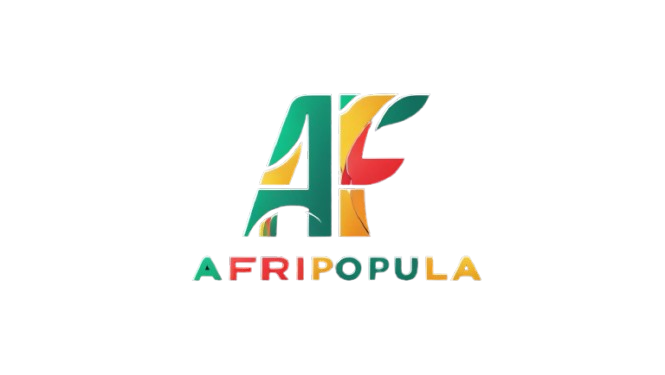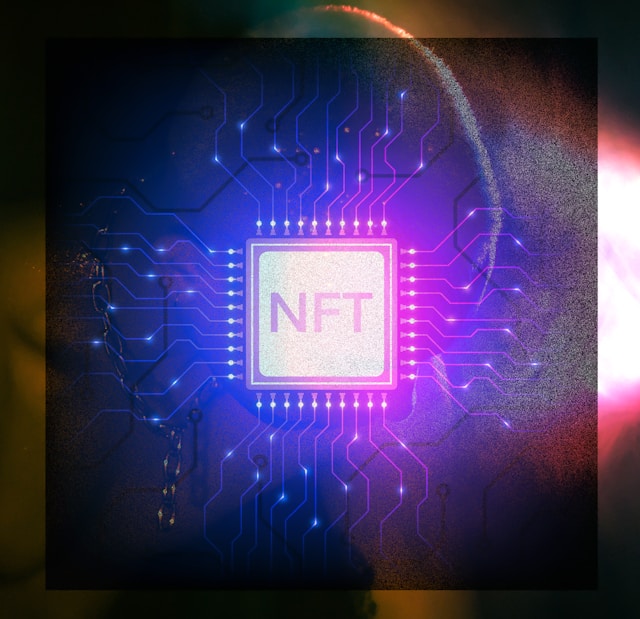NFTs, or non-fungible tokens, have become one of the most talked-about innovations in the digital landscape. Originally gaining popularity through the sale of digital artworks and collectibles, NFTs have grown far beyond their initial hype, becoming instrumental in various industries such as gaming, music, real estate, and identity verification. But what exactly are NFTs, and why are they considered a technological breakthrough?
In essence, NFTs are unique digital assets that use blockchain technology to certify ownership and authenticity. Unlike cryptocurrencies such as Bitcoin or Ethereum—which are fungible and can be exchanged for one another—NFTs are one-of-a-kind, making them ideal for representing ownership of digital items. With growing public interest and institutional adoption, NFTs are moving from niche crypto communities into mainstream business and culture.
NFTs 101: What Makes Them Unique?
NFTs are stored on blockchains, most commonly Ethereum, and represent proof of ownership of a digital item—whether it’s an image, video, song, or even a tweet. The key characteristic that sets NFTs apart is their non-fungibility. Each NFT has a distinct identifier, making it impossible to replace with another token of equal value. This is what gives NFTs their intrinsic uniqueness.
The metadata associated with NFTs can include detailed information such as the creator’s identity, transaction history, and a link to the hosted digital file. This transparency builds trust and provides verifiable authenticity, which is critical in a world where digital content can be easily duplicated. Thanks to these features, NFTs have become an ideal tool for artists and creators seeking to monetize their work in an immutable and transparent way.
NFTs in the Art World: Redefining Digital Ownership
The art industry was one of the first to embrace NFTs. Artists like Beeple, Pak, and Fewocious have sold digital artworks for millions of dollars, catapulting NFTs into the global spotlight. What makes NFT-based art revolutionary is that it enables artists to bypass traditional gatekeepers like galleries and auction houses, giving them direct access to a global audience.
Moreover, NFTs allow artists to retain more control over their work. Through smart contracts, creators can set up royalties, ensuring they earn a percentage every time the NFT is resold. This recurring revenue model is not possible in traditional art markets, making NFTs a game-changer for artists seeking long-term financial sustainability.
Collectibles and Gaming: New Dimensions of Digital Value
Another massive driver of NFT adoption has been digital collectibles and gaming. Platforms like NBA Top Shot popularized the idea of owning highlight reels as tradable assets, while games like Axie Infinity and The Sandbox enable players to buy, sell, and trade in-game assets as NFTs.
In the gaming world, NFTs introduce the concept of digital property rights. Unlike traditional in-game items, NFT-based assets can be owned independently of the game’s ecosystem. This empowers gamers with real economic incentives and ownership over their virtual achievements, creating a more robust and player-centric economy.
NFTs in Music and Entertainment: Power to the Creators
The music industry has also begun exploring the potential of NFTs. Artists can tokenize their songs, albums, and concert tickets, providing fans with exclusive content and experiences. This model enables direct-to-fan relationships, allowing musicians to earn more while giving supporters a sense of ownership and connection.
Beyond music, entertainment companies are using NFTs to distribute movies, access passes, and even tokenized IP rights. NFTs enable more dynamic engagement strategies and have the potential to revolutionize fan experiences, shifting power from intermediaries to creators and their audiences.
Real-World Utility: NFTs Beyond the Digital Sphere
As the technology matures, NFTs are finding practical use in real-world applications. One promising area is real estate. Property ownership can be represented by NFTs, simplifying transactions and providing an immutable record of ownership. In the future, entire deeds and titles could be managed via blockchain.
Another growing field is identity and documentation. Universities, governments, and corporations are beginning to experiment with issuing diplomas, IDs, and certificates as NFTs. This approach ensures authenticity, reduces fraud, and makes verification processes more efficient—opening the door for secure and decentralized identity management systems.
Fashion and Luxury Goods: Authenticity and Transparency
In the fashion and luxury industry, NFTs are helping brands combat counterfeiting and establish verifiable provenance. By linking physical products with digital certificates of authenticity stored on the blockchain, brands can offer consumers unprecedented levels of trust and transparency.
High-end fashion labels like Gucci and Dolce & Gabbana have launched NFT collections, blending digital and physical fashion. These “phygital” experiences—where physical goods come paired with NFT counterparts—are quickly gaining popularity, especially among Gen Z and millennial consumers who value exclusivity and digital identity.
NFTs and the Metaverse: Building the Virtual Future
NFTs are becoming the foundation of the metaverse—a shared, immersive digital universe where people can socialize, work, and play. In this environment, NFTs serve as ownership records for everything from avatars and virtual land to digital wearables and experiences.
Companies like Decentraland and Meta (formerly Facebook) are investing heavily in virtual real estate where users can buy NFT land parcels. These plots can be developed into virtual stores, entertainment venues, or art galleries, opening new economic frontiers for creators and entrepreneurs in the virtual realm.
Environmental Concerns and the Shift to Sustainability
One of the most controversial aspects of NFTs is their environmental impact. Many NFTs are minted on the Ethereum blockchain, which (prior to its “Merge” to proof-of-stake) required large amounts of energy. This led to criticism from environmental groups and the public.
In response, the NFT community has started embracing more eco-friendly solutions. Ethereum’s move to proof-of-stake drastically reduced its energy consumption. Additionally, blockchains like Tezos, Flow, and Solana offer low-energy alternatives, allowing NFT projects to minimize their carbon footprint while still maintaining security and scalability.
Legal and Regulatory Landscape: NFTs Under the Microscope

As NFTs become more mainstream, they are attracting the attention of regulators worldwide. Issues related to intellectual property, consumer protection, and securities law are becoming increasingly relevant. For instance, fractionalized NFTs and tokenized real-world assets may be classified as securities in some jurisdictions.
The evolving legal landscape will significantly shape the future of NFTs. Creators, investors, and platforms need to stay informed and compliant to avoid legal pitfalls. As governments and financial authorities catch up with the technology, clearer guidelines are expected to emerge, fostering a more secure and standardized environment for NFT innovation.
Investment and Speculation: Risks and Rewards
While NFTs offer promising applications, they are also a hotbed for speculation. Many people have rushed into NFT markets hoping for quick profits, leading to inflated prices and market volatility. Like any investment, NFTs carry risks—particularly when driven by hype rather than intrinsic value.
However, long-term value is expected to shift toward utility-based NFTs. Projects that provide real benefits—such as access, identity, or tangible rewards—are likely to sustain their value better than those built solely for speculative gains. Investors need to assess utility, community support, and long-term vision before diving into the NFT space.
Education and Accessibility: Bridging the Knowledge Gap
Despite the rapid growth of the NFT ecosystem, a significant portion of the public remains unaware or confused about the technology. Educating users about how NFTs work, how to create or trade them, and how to identify scams is essential for wider adoption.
Platforms, influencers, and educational content creators are stepping up to fill this gap. By simplifying the onboarding process and demystifying blockchain technology, these efforts are helping to build a more inclusive and informed NFT community, empowering more people to participate in the digital economy.
The Future of NFTs: What’s Next?
The next decade of NFTs is poised to be far more transformative than the first. As the infrastructure around NFTs matures, we can expect broader integration into our everyday lives—from healthcare records and insurance policies to travel documents and employment credentials.
NFTs are not just a passing trend; they are a foundational technology that can digitize trust, ownership, and value in ways previously impossible. As adoption continues and interoperability improves, NFTs will likely become an integral part of both the digital and physical worlds.
NFTs as a Catalyst for a Decentralized Future
NFTs are reshaping the way we think about ownership, value, and authenticity. From digital art and collectibles to real-world documentation and identity systems, the applications of NFTs are expanding rapidly. While challenges such as regulation, sustainability, and market volatility remain, the core technology continues to evolve in response.
In a world that’s increasingly digital, NFTs offer a new framework for interaction and exchange. Their potential to empower creators, disrupt intermediaries, and redefine trust could fundamentally transform how we live, work, and connect. As we move forward, staying informed and engaged with this innovation will be key to harnessing its full promise.

